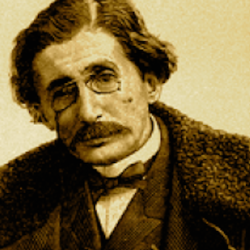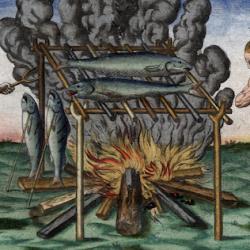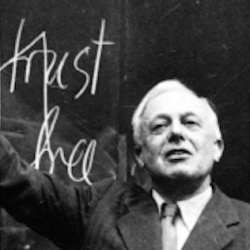At the end of his story of Texas Christianity (Rough Country), Robert Wuthnow assesses the strengths and weaknesses of two major theoretical perspectives on modern religion – secularization theory and rational choice theory.
Secularization theory misses a lot: “It underplays the continuing importance of agriculture and the rural population relative to commerce and cities. It fails to say much about the relationships between white and black residents or between Anglos and Hispanics and Protestants and Catholics. How the relationships between church and state continued to require negotiation is unexplained. Why churches grew as they did, and how that growth continued to affect the state’s public life, seem especially to be contradicted by a story in which the dominant motif is religion’s decline” (452). That, and religion hasn’t declined as modernization has advanced, as secularization theory predicted.
Rational choice theory argues that “religion flourishes under free-market conditions.” It regards the separation of church at state “as a beneficial development for religion. Freed from state control, religion is able to develop in multiple ways that include organizations for minority populations.” According to rational choice theory, “small, conservative sects grow and flourish because they provide distinctive rewards for their members and institute strict moral practices that exclude free riders from becoming burdensome to the group” (452-3). At least rational choice theory is able to explain, to some extent, the fact of religion’s continuing potency in “late modernity.”
Yet rational choice theory misses critical factors too: “its emphasis on competition among religious organizations as the force propelling grown is too simple. It does little better than [secularization theory] in focusing attention on the relationships between blacks and white or in specifying the conditions giving rise to competition among leaders within the same denomination or the reasons behind incidents of particular competition between Protestants and Catholics. The effects of population growth, changes in the economy, distance, and how people coped with the difficulties of daily existence have no place in the story. Nor is much attention given to the relationships among churches and secular competitors or to religious entities’ responses to political issues” (453).
Both viewpoints need to be refined by taking account of “evidence that otherwise does not fit.” Secularization theory would have to reckon with what Jose Casanova has called the “deprivatization” of religion in recent history. Rational choice theorists would have to take account also of the fact that “free-market competition among religious organizations may encourage religious activity but at the same time may alter beliefs and practices in ways that might be thought of as forms of secularization” (454). Neither perspective, Wuthnow claims, “fully addresses many of the most interesting aspects of religion” (454).
Wuthnow also examines the pluses and minuses of “practice theory.” The first “relaxes the assumptions in secularization theory and rational choice theory,” by attending to what religious practices mean to people rather than simply trying to fit those practices into some account of larger trends (456). But practice theory “has in effect focused attention on microlevel processes to such an extent that the influence of macro structures has remained undertheorized” (458).
Drawing on the work of Mary Douglas, Wuthnow also explores the value of an enriched notion of “symbolic boundaries.” Symbolic boundaries are not merely “one-dimensional” boundaries having to do with cognitive classification schemes. Rather, for instance, violation of symbolic boundaries (e.g., interracial marriage in the mid-20th century), especially when done publicly, creates social volatility, not merely cognitive disorientation. “Figural actors,” that is, representative individuals also highlight the meaning of a symbolic boundary (461).
Wuthnow’s discussion is a valuable guided tour of the various theoretical options available today in the sociology of religion.















